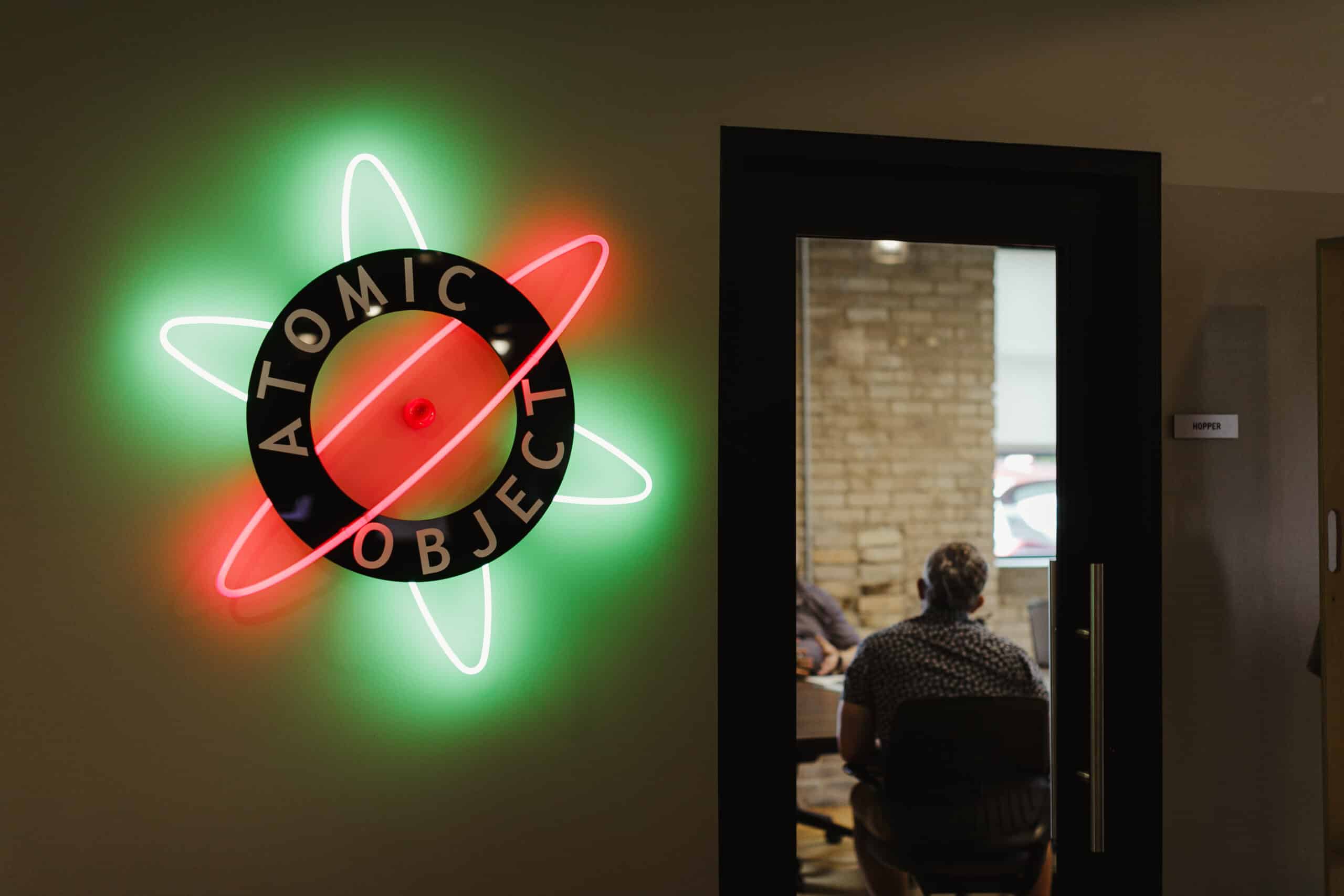In mobile application development, an engaging and fluid user experience is crucial for an application’s success. This challenge grows when building cross-platform applications, where each platform imposes distinct requirements for layout, navigation, and user interaction. Flutter, Google’s cross-platform development toolkit, addresses this challenge through support for adaptive and responsive design, particularly with its Adaptive Scaffold widget.
I recently had the opportunity to not only utilize this widget in a Flutter project but also extend its capabilities by adding customization to the Adaptive Scaffold.
Responsive and Adaptive Design in Flutter
Before diving into the Adaptive Scaffold and customization, let’s review the concepts of adaptive and responsive design in the context of Flutter. Responsive design involves altering the UI layout based on screen size and orientation to ensure a visually pleasing and functional interface across different devices, including phones, tablets, desktops, and browsers. Adaptive design, in contrast, concentrates on managing user input, incorporating platform-specific features, and delivering a native-like experience across various devices.
These design principles are key to enhancing user experience and maintaining consistency in a cross-platform application.
The Flutter Adaptive Scaffold
Flutter’s Adaptive Scaffold simplifies adaptive layout creation and adheres to Material 3 guidelines. Out of the box, it divides the screen into six optional slots, facilitating the management of top and bottom navigation, primary and secondary navigation, as well as the body and secondary body of your app.

The default layout rules for the body slots allocate each slot 50% of the available width minus the width occupied by the navigation slots. Breakpoints, represented by the Breakpoint class, define screen sizes and platform conditions in which slots are visible.
Customizing the Adaptive Scaffold
Customizing the Adaptive Scaffold in Flutter lets you tailor the user experience to align with your app’s specific requirements. For instance, the customization I added to the Flutter application I was developing included the ability to incorporate a third body slot.
With the addition of a tertiary body slot came the need to modify the algorithm that lays out the slots. That’s because the built-in layout behavior of 50% was not the desired behavior.
The modified algorithm involves six steps, with the logic done in the Adaptive Scaffold’s void performLayout(Size size) method.
- Layout all four navigation slots: Handle app navigation elements.
// Layout top navigation slot
topMargin += _layoutTopNavigation(size);
// Layout bottom navigation slot
bottomMargin += _layoutBottomNavigation(size);
// Layout primary navigation slot
var width = _layoutPrimaryNavigation(size, leftMargin, topMargin);
if (textDirectionLTR) {
leftMargin += width;
} else {
rightMargin += width;
}
// Layout secondary navigation slot
width = _layoutSecondaryNavigation(size, topMargin);
if (textDirectionLTR) {
rightMargin += width;
} else {
leftMargin += width;
} - Determine remaining width: Efficiently allocate space for body slots.
- Identify content-containing body slots.
- Calculate constant-width slots usage.
- Subtract total constant width: Allocate remaining space among slots.
var remainingWidth = size.width - rightMargin - leftMargin;
final remainingHeight = size.height - bottomMargin - topMargin;
// Determine the layouts for the body, secondaryBody and tertiaryBody
// slots
final activeSlots = _activeSlots;
final numActiveSlots = activeSlots.length;
final totalConstantWidth = _constantActiveWidth;
if (totalConstantWidth > remainingWidth) {
_adjustConstantWidthToFlexibleWidth(numActiveSlots);
} else {
remainingWidth -= totalConstantWidth;
}
final totalPercentage = _percentageActive;
final totalFlexibleWidth =
remainingWidth - (remainingWidth * totalPercentage); - Layout widgets based on slot definitions: Achieve the desired visual and functional layout.
// Layout of the body slot
if (_bodySlotDefined) {
if (_bodySlotActive) {
currentBodySize = _layoutSlotAccordingToDefinition(
SlotIds.body,
numActiveSlots,
remainingHeight,
remainingWidth,
totalFlexibleWidth);
} else {
_layoutSlot(SlotIds.body, size, isTight: false);
}
}
// Layout the secondary body slot
if (_secondaryBodySlotDefined) {
if (_secondaryBodySlotActive) {
currentSBodySize = _layoutSlotAccordingToDefinition(
SlotIds.secondaryBody,
numActiveSlots,
remainingHeight,
remainingWidth,
totalFlexibleWidth);
} else {
_layoutSlot(SlotIds.secondaryBody, size, isTight: false);
}
}
// Layout the tertiary body slot
if (_tertiaryBodySlotDefined) {
if (_tertiaryBodySlotActive) {
currentTBodySize = _layoutSlotAccordingToDefinition(
SlotIds.tertiaryBody,
numActiveSlots,
remainingHeight,
remainingWidth,
totalFlexibleWidth);
} else {
_layoutSlot(SlotIds.tertiaryBody, size, isTight: false);
}
} This algorithm accommodates various slot width definitions for the three body slots, ensuring precise responsiveness to desired behavior.
Takeaways
My conclusion is that Flutter’s Adaptive Scaffold is up to the challenge of user experience in cross-platform development. Its integration of responsive and adaptive design principles, coupled with customization capabilities, lets developers create engaging and consistent user experiences. By extending the Adaptive Scaffold to include a tertiary body slot and implementing a tailored layout algorithm, I ensured a visually pleasing and functional interface across multiple platforms. This helps Flutter stand out as a strong framework in the dynamic landscape of mobile technology, specifically across different platforms.


wow, thanks for sharing